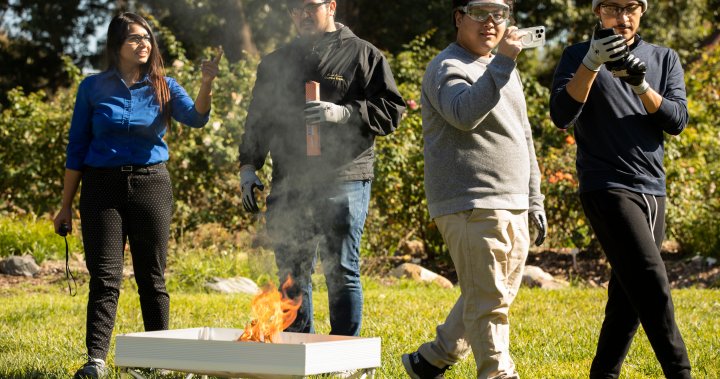The future of fighting intense, climate-fueled wildfires lies in a makeshift outdoor laboratory in Fullerton, California. Located on the grounds of California State University, electrical and computer engineering students are conducting experiments to optimize how firefighters detect danger. By igniting small bonfires and utilizing tiny sensors, the students aim to design sensors that can capture the signature of fire, including heat, smoke, and changes in humidity, in the moments after a fire starts. These sensors, when coupled with the predictive power of artificial intelligence (AI), can help first responders get to a fire faster or even anticipate the most likely spots for a blaze to start. Implementing sensors in and around forests would enable firefighters to respond within minutes rather than hours or days, potentially preventing small hotspots from intensifying into major infernos. This capability is particularly crucial in Canada due to its vast geography and relatively small population. Computer engineering professor Ankita Mohapatra believes that having this technology available could significantly reduce the impact of wildfires on human life, property, and ecology if they could be detected in the very early stages.

Tiny Sensors in the Forest: Shaping the Future of Firefighting – National Impact
Denial of responsibility! Swift Telecast is an automatic aggregator of the all world’s media. In each content, the hyperlink to the primary source is specified. All trademarks belong to their rightful owners, all materials to their authors. If you are the owner of the content and do not want us to publish your materials, please contact us by email – swifttelecast.com. The content will be deleted within 24 hours.
